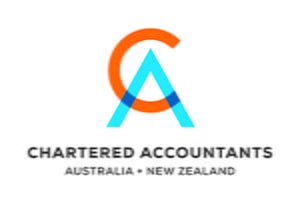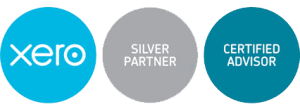A business valuation needs to be done under a few circumstances, such as when you are buying or selling a business, when you are admitting new business partners in to the business, when business partners are splitting or when you are doing some estate planning.
So often we see people who have gone into business together, but when they started their business they did not work out how to value their business when someone wants to leave. When staring a business you should be agreeing on terms of how a business is valued if one member wants to leave, or passes away. But what is the best method to use?
About 5 years ago I did a course through CPA Australia about valuing a business. We were given a workbook with one business scenario and were given 30 different valuation methods. These valuation methods spat out 30 different values, with values ranging from worthless, to being worth $3M. A massive range, but they are all accepted ways of valuing a business. I would say there are 3 main valuation methods that most people would use. These are “Net Maintainable Earnings Method”, “Net Asset Valuation Method” or the “Capitalised Future Earnings Method”.
Net Maintainable Earnings:
This would be the most common valuation method we would use. You need to work out the average maintainable earning over the past 3 years for the business and add back things like depreciation, interest, and one off items like payments directly to a director’s super fund and this will give you the average net maintainable earnings. This is the simple part. The complex part of this methodology is working out the gross up factor.
A lot of business use 3 as their gross up factor, but it varies depending on factors within the business that is being valued. We look at things like history of profits, competition, barriers to entry of the industry, etc. to work out the valuation method. We have a 12 question survey to work out this factor.
So for example if we said a business was averaging net profit of $100,000 over the last 3 years, and calculated the multiplier as 3, then the value if the business would be $300,000.
The main drawback of this, is that it doesn’t take into consideration assets held in the business, stock etc. This is the best valuation meth
od for a lot of serviced based businesses.
A story I heard was where a listed company purchased an open cut mine from a smaller company. They paid 3 times maintainable earnings for the mine. When they took over the business, the directors realised that there was only 2 years’ worth of resources left in the mine. The seller was laughing and the purchaser was left with a massive loss, to the tune of about $3M.
Net Asset Valuation Method:
This is probably the simplest of methods because it looks at the value of the businesses assets, less its liabilities. To do this, you just add up all the things the business owns (cash, debtors, stock, plant & equipment, vehicles, etc.) and then subtract the amounts the business owes (Bank loans, Hire Purchases, Creditors, etc.). This gives you the net assets of the business.
For Example your assets are worth $500,000 and you owe people $300,000 the business is worth $200,000.
This is the most simple of methods, but it does not place any value of goodwill. So this is probably only good for businesses that don’t have big returning customer base or haven’t shown a profit in the past few years. You are basically just valuing the business at its assets that you take over.
Capitalised Future Earnings Method
This method is working out the value of the business based on estimated future earnings and the rate of return you wish to achieve.
Like the Net Maintainable Earnings Method you will need to work out the average income over the past few years and then that is what you use as a base for your calculations. You need to work out your desired annual rate of return. This is the percentage profit of the investment per year. For example, you may wish to earn 40% return on your investment per year because you are buying a semi-risky business. This would be adjustment based on the risks involved in the business. A low risk business you may want a return of 10% per year. It has a lot to do with the purchasers comfort levels.
The calculation for this is:
Average Net Profit . x
Desired Rate of Return 100
Let’s use the maintainable earnings from the first scenario, which was $100,000 average profit. We will also say the client wants an annual rate of return of 25%. Based on this the business would be valued at
$100,000 x
25 100
= $400,000
Therefore, this business would be valued at $400,000.
As you can see, the same business have produced 3 different valuations. It is important for you to set up a valuation methodology now, so when someone wants to exit the business, you know exactly how to value it. Without an agreed upon method in place, how do you know exactly what the business is worth. To different people it can be worth totally different amounts.

Article Written by Paul Wineberg
Paul is a member of the Institute of Chartered Accountants
and a Director of South East Accounting.










